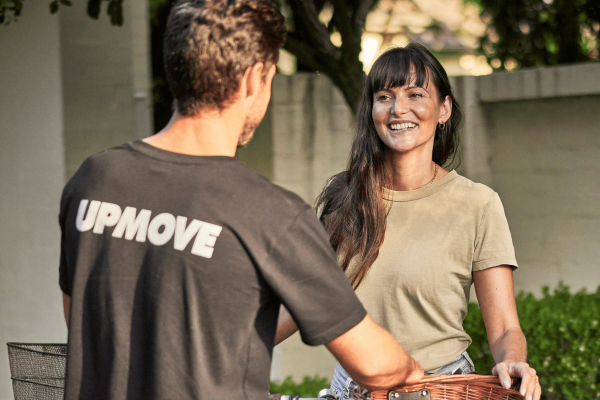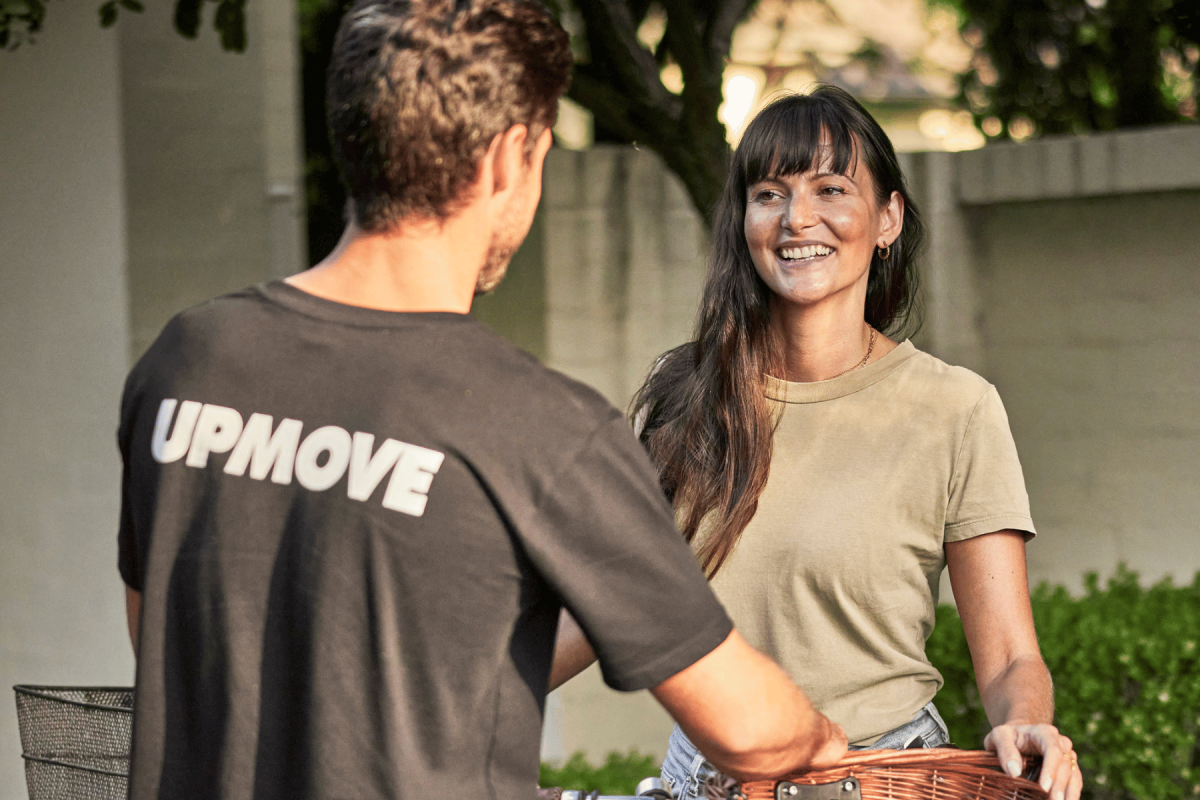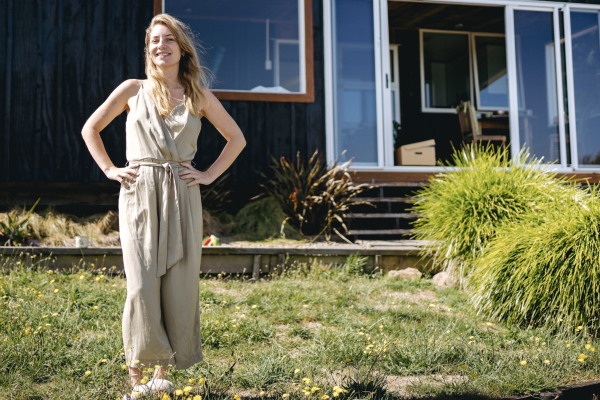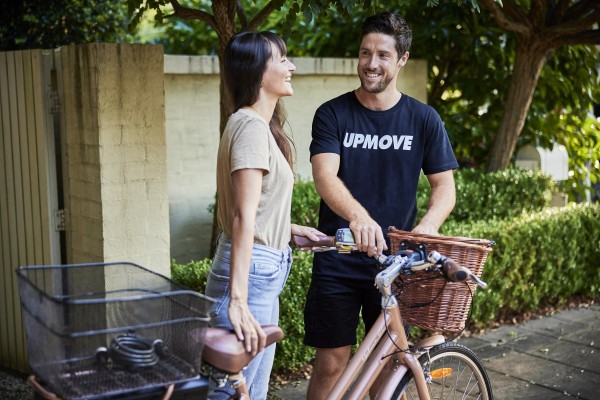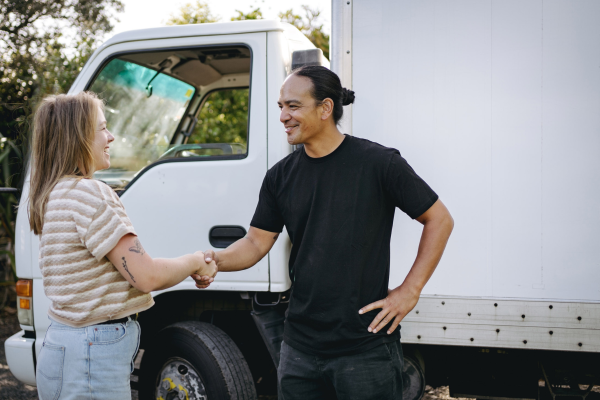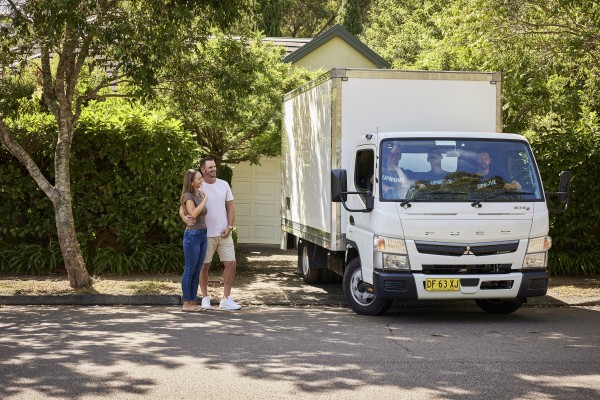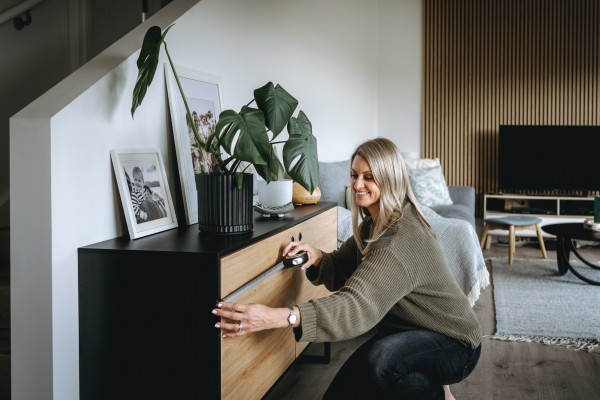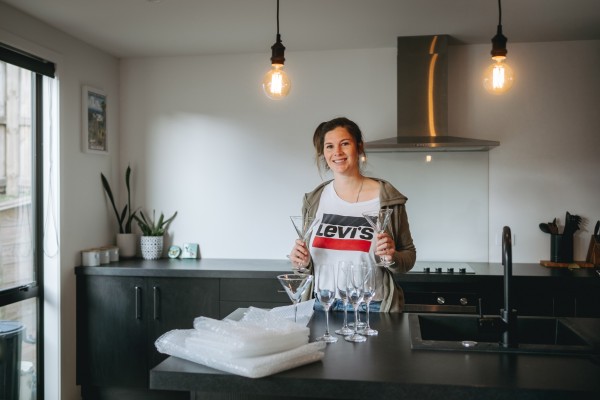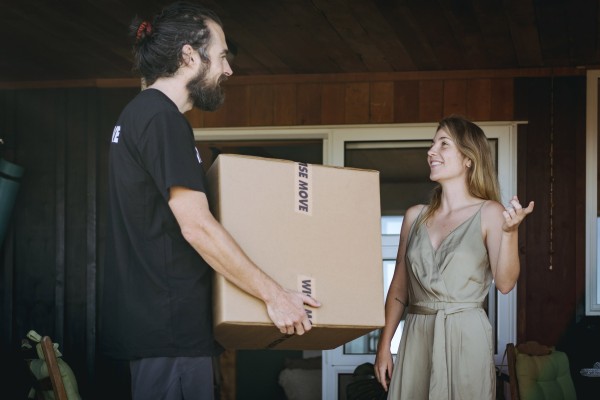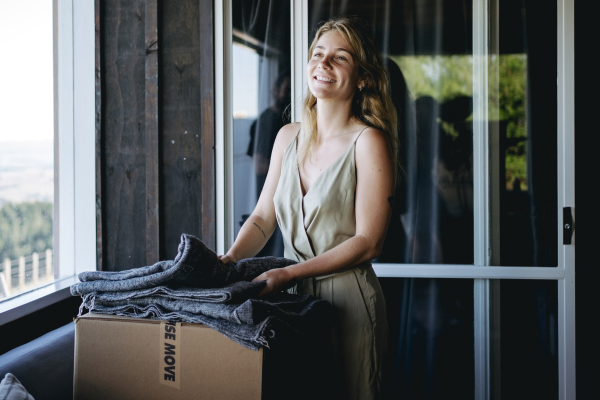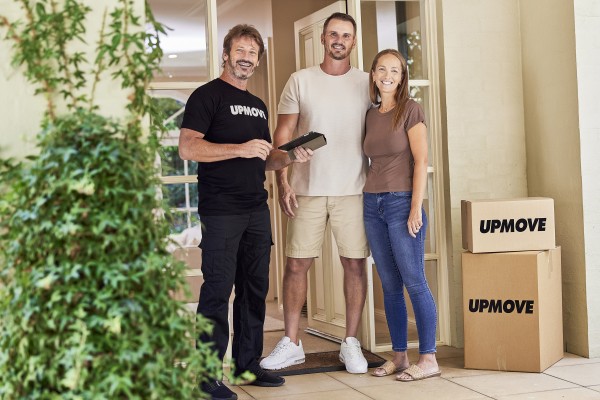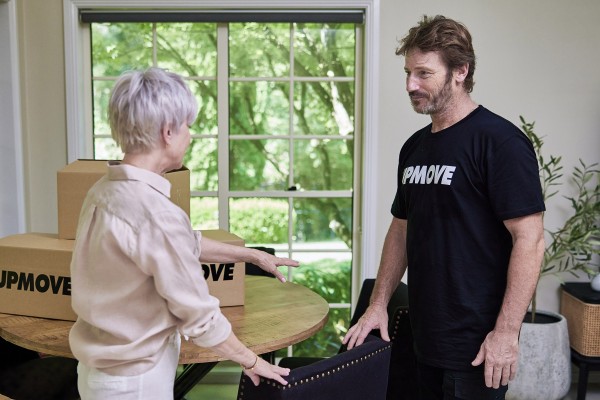How to apply for a rental property (and actually get it)
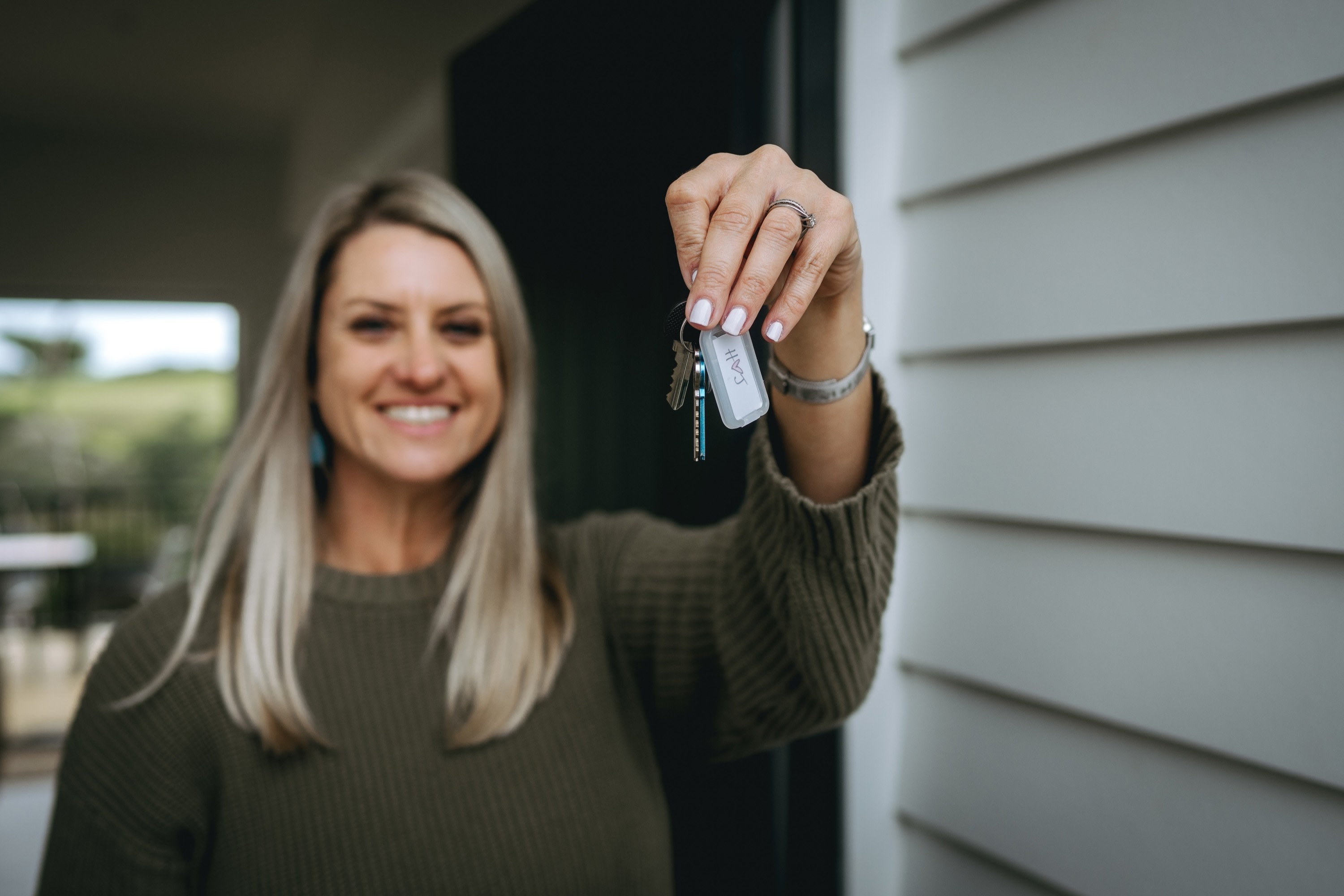
If you’re applying for a rental property for the first time, the whole process can feel a bit overwhelming. There’s paperwork, inspections, competition, and a whole lot of fine print. But once you know what’s involved, it’s all pretty manageable.
This guide walks you through the key steps of renting in Australia — from getting your paperwork in order, to signing on the dotted line.
1) Organise your paperwork and documentation

In a hot rental market, being organised can give you the edge. Having all the right documents ready means you can apply quickly and properly without scrambling at the last minute. But keep in mind: only include what’s been requested - too much paperwork can be just as much of a problem for the decision makers as not enough.
Here’s a quick rundown on what you’ll need to have ready for your application:
Reference letters
Include references from previous landlords or property managers if you’ve rented before. If not, a character reference from an employer, teacher or community leader can go a long way.
Photo ID
A driver’s licence, passport, or other government-issued photo ID is usually non-negotiable. Make sure it’s current and easy to read.
Rental history
If you’ve rented before, gather any past lease agreements or correspondence confirming good rental conduct. If you don’t have access to anything like this, a letter from your previous housemates or accommodation provider may be helpful.
Payslips
You’ll usually need to supply your most recent payslips to show you can afford to rent. Bank statements and Centrelink statements (if applicable) can also help if you’re not currently working.
Employment info
A letter from your employer or an employment contract can help to confirm your work status. If you’re self employed simply include your most recent tax paperwork.
Application form
Alongside your supporting documents you will likely have to complete a rental property application. Many of these are now done online (through sites like 2Apply or realestate.com.au), but you may still come across the odd paper form. Take your time filling it out to avoid errors or missing information (simple mistakes can sometimes be the difference between winning and losing a property).
Cover letter
A cover letter isn’t always required but if it is - keep it short, polite and easy to read. Explain who you are, why you want the property and what makes you a great tenant.
2) Find a good rental property

With all of your supporting paperwork ready to go, it’s time to start looking for that perfect property. Start by figuring out your budget taking into consideration rent, bond, moving costs etc. Then you can narrow it down by location and convenience.
Good places to search include:
- Realestate.com.au
- Domain.com.au
- Flatmates.com.au (for share houses)
- Local Facebook groups and community boards
When you spot a place you like, act fast as good properties don’t hang around for long.
3) Make a good impression
From your first enquiry to your final application, always be polite and responsive. Real estate agents and landlords are far more likely to pick someone who seems respectful, organised and easy to deal with. Be sure to dress neatly for any inspections and always show up on time. If you’re interested in the place let them know - it could make a difference.
4) Inspect the property
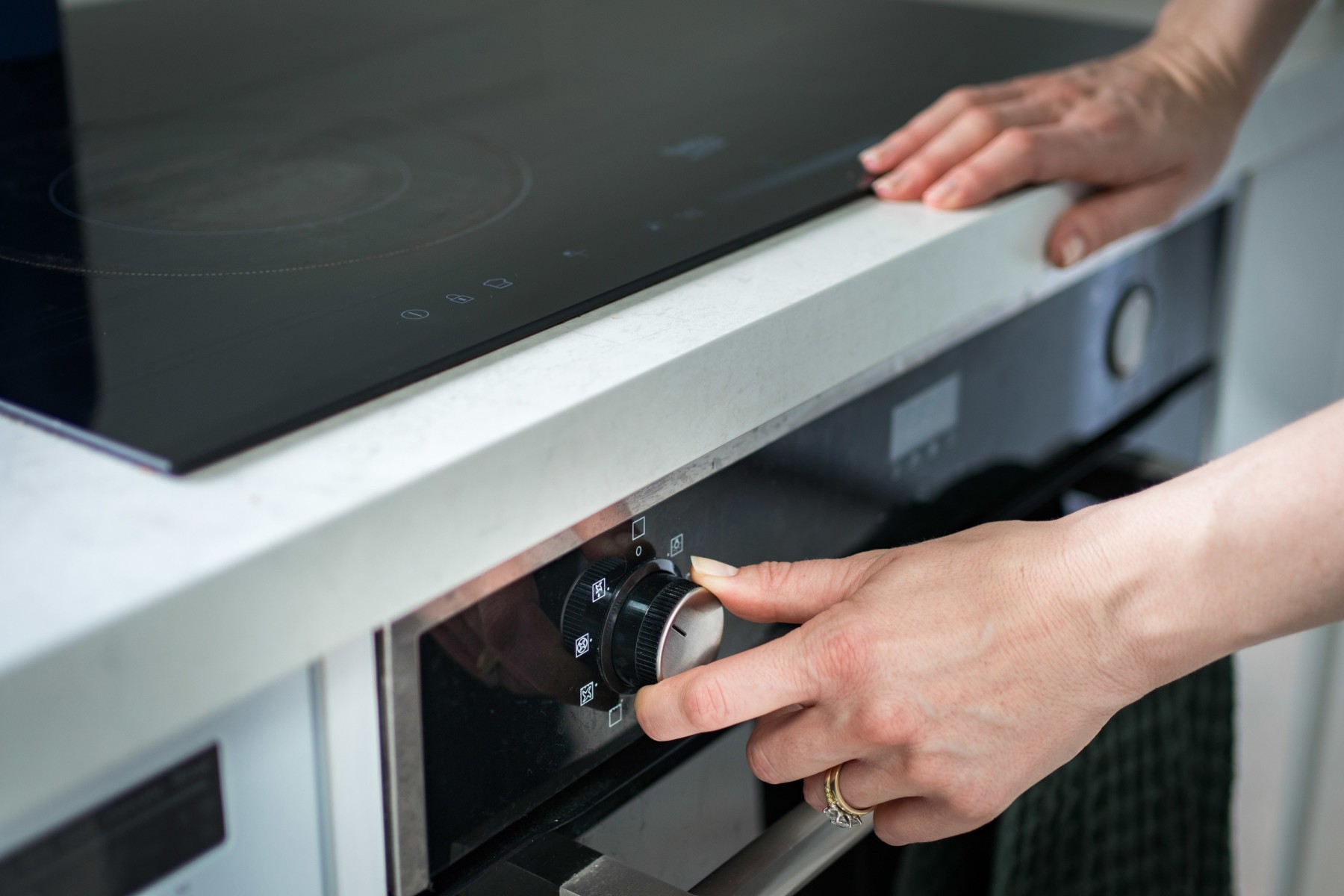
Always always always inspect the property before signing anything. Photos can be outdated or misleading so seeing first hand will remove the risk of any confusion or stress later on. Things to look for when inspecting include:
- Any mould or signs of damage or wear and tear
- Test all the taps, lights and appliances are working
- Don’t be afraid to ask questions.
If you absolutely cannot inspect in person, ask someone you trust to go for you or request a virtual tour.
5) Organise your bond and upfront payment
Almost every rental property will require a bond deposit and an upfront rental payment of about 4 weeks.
The bond acts as your security deposit and is usually equal to 4 weeks’ rent, but this does vary between states and territories. To avoid delays when applying for a rental property, it’s a good idea to have the bond and upfront payment amount ready to go.
Here’s a quick rundown on bond costs by State/Territory throughout Australia:
- NSW: Maximum four weeks rent
- NT: Maximum four weeks rent
- ACT: Maximum four weeks rent
- TAS: Maximum four weeks rent
- QLD: Up to 4 weeks rent (no limit if rent is over $700/week)
- VIC: Up to 1 month's rent (no limit if rent is over $350/week)
- WA: Up to 4 weeks rent (no limit if rent is over $1200/week)
- SA: 4 weeks rent if under $250/week; 6 weeks if over $250/week
6) Understand rental bidding
In some areas across Australia, prospective tenants have been encouraged to offer more than the advertised rent to secure a property. But laws are changing. As of now, rental bidding is illegal in NSW, QLD, VIC and TAS — agents can’t ask you to offer more than the listed price.
You can still offer more on your own — but there’s no guarantee it’ll help, and it’s worth knowing your rights before you do.
7) Familiarise yourself with your rental rights and responsibilities
Each state and territory across Australia has its own renting laws, but tenants generally have the right to:
- Live in a property that’s safe and in good condition
- Be given proper notice before property inspections
- Have repairs carried out within a reasonable time
- Get your bond back (as long as you’ve met the lease terms and conditions)
Your rental responsibilities include:
- Paying your rent on time
- Keeping the property clean
- Not damaging the property
- Reporting issues promptly
Your local tenancy authority (like Fair Trading in NSW or Consumer Affairs in VIC) can give you more detailed info.
8) Thoroughly check the condition report
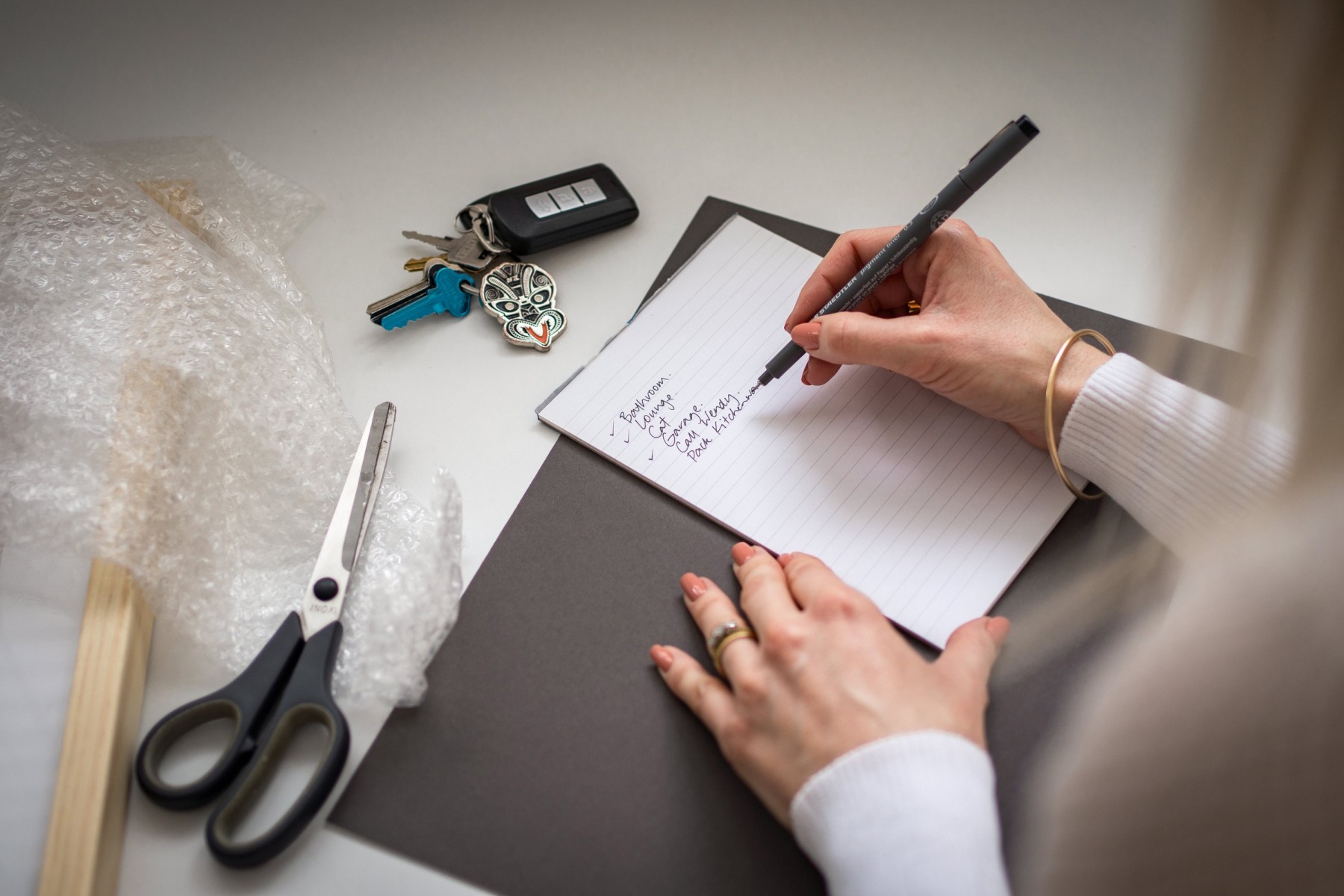
The rental condition report is more important than most people think. This document records the state of the property at the time you move in. You’ll need to check it closely, mark any discrepancies, and add extra notes or photos if needed.
Why does it matter? Because this report is what your bond will be assessed against when you move out. If anything’s missing or inaccurate, you could be held responsible for damage that wasn’t yours. Take the time to go room by room, and submit the report within the required timeframe (usually 3 to 7 days).
9) Sign your lease
A lease is a legal agreement between you and the landlord. It sets out how long you’ll be renting, how much you’ll pay, what you’re responsible for, and what happens if things go wrong.
Most leases are fixed-term (usually 6 or 12 months), but some roll over into periodic (month-to-month) agreements. Read it carefully before signing, and don’t be afraid to ask questions.
Your lease should also outline notice periods — the amount of time you or the landlord need to give to end the agreement. These notice terms vary from state to state. For a full breakdown, see our guide on notice periods and ending a lease in each Australian state and territory.
Moving made easier with Upmove
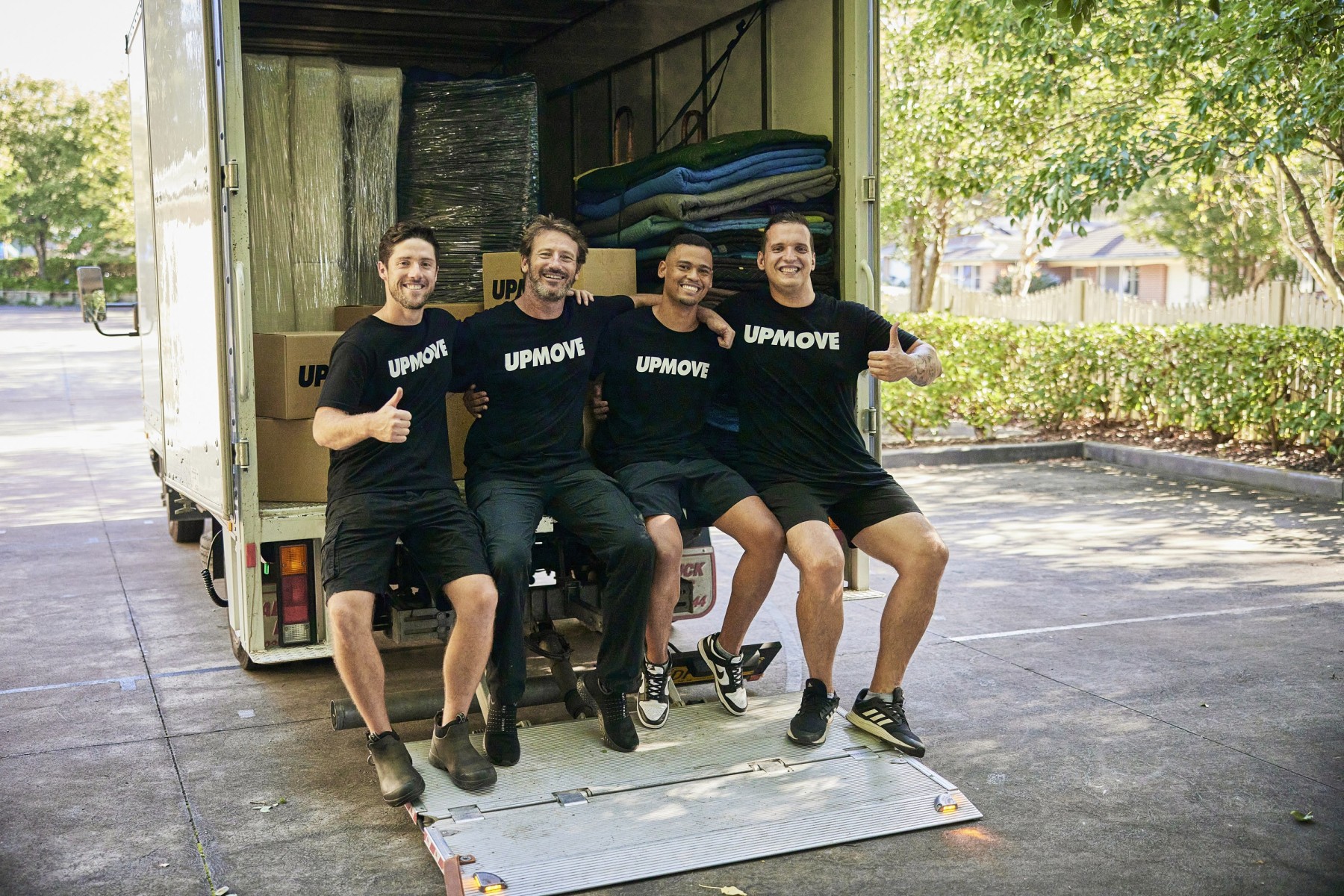
Once you’ve secured your rental, the next step is getting your belongings through the door. You can find and book reliable local removalists on Upmove, so you can skip the stress and settle in faster.
What do our customers say?



